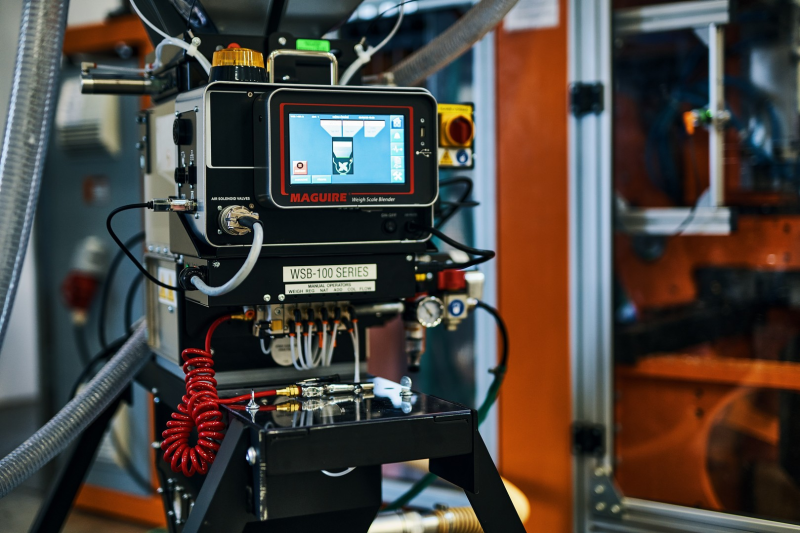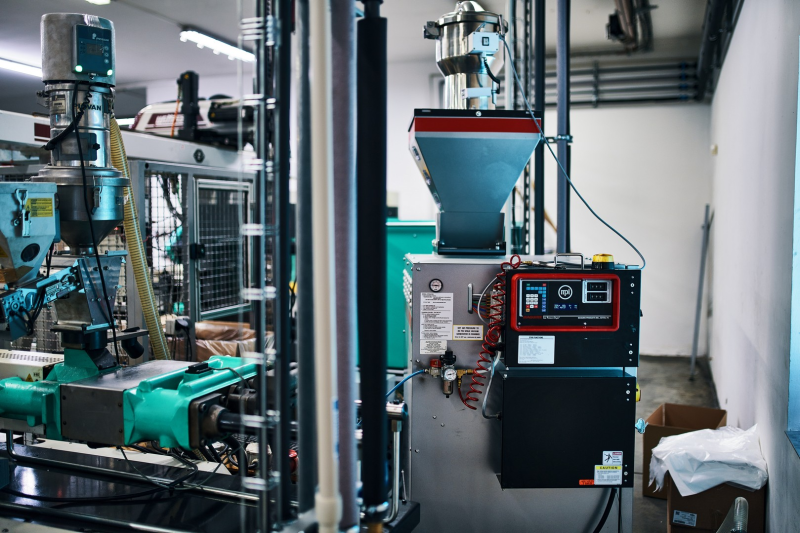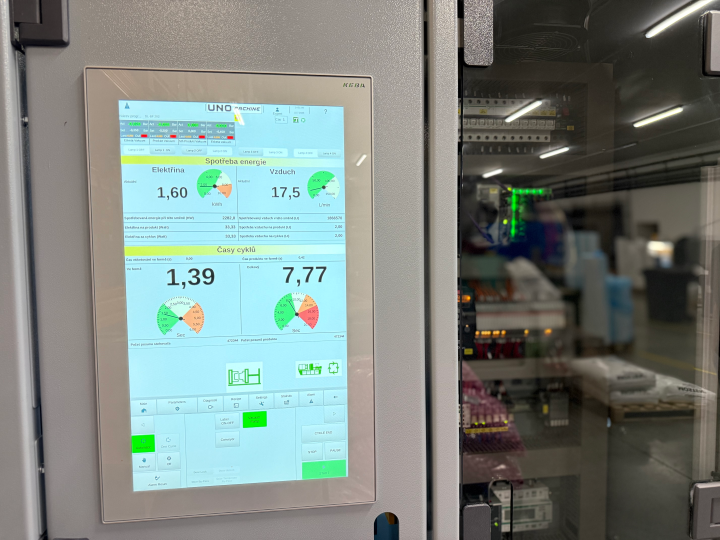From the garage to the digital age. Industry 4.0 in Dřevoplast Ludvík
28. 7. 2025
From a Garage to the Digital Era. Dřevoplast Ludvík Shows How Industry 4.0 Works in a Small Company
They started with wooden rakes. Today, they supply high-tech components to Europe and Latin America and are among the pioneers of small-scale manufacturing digitalization in the Czech Republic. Meet the family-owned company Dřevoplast Ludvík, which decided to enter the 21st century without compromise.
Digitalization the Czech Way – No Excuses
In the Czech Republic, you’ll find hundreds of manufacturing companies that either fear digitalization or keep postponing it. Dřevoplast Ludvík from Northern Bohemia took the opposite path. They invested millions of crowns in implementing Industry 4.0 – digitalization, robotization, and advanced manufacturing systems – and as CEO Martin Ludvík says, they did it mainly because “otherwise the company wouldn’t survive.”
“We were no longer competitive. We needed real-time visibility into production, to speed up our development, and stop putting out fires. Digitalization wasn’t just a path forward. It was an absolute necessity.”
Aleš Bobek, Quality and Digital Transformation Manager, Dřevoplast Ludvík
From idea to prototype in two days. 3D designs in SolidWorks sped up development and reduced costs for testing new parts.
From Rakes to Components for Automotive and Cosmetics
Dřevoplast Ludvík started in 1993 in a garage. Founders Hana and Milan Ludvík made wooden rakes with plastic teeth. Today the company operates in two divisions – LUDVIK TECH and LUDVIK PACK – and its products are shipped to Germany, Brazil, and Spain. What hasn’t changed is the family spirit and a strong focus on quality.
How a 50-Person Company Goes Digital
Unlike corporations, Dřevoplast Ludvík didn’t have teams of consultants or the Big Four. The entire transition to Industry 4.0 was managed in-house, partially with the support of experts from the Technical University of Liberec.
“We were impressed by how Dřevoplast Ludvík approached the transformation – no dead ends, just pragmatic, data-driven steps. When something didn’t work, they verified it with data and adjusted.”
Jan Kočí, Technical University of Liberec
Microscopic precision, macro impact. Inspection of injection mold construction as a key element of production quality and stability.


Smart dosing in the spotlight. Online control of input materials eliminates errors and monitors every fraction of a percent of raw material.

All machines speak the same language. Connecting production equipment through a network and integration architecture using protocols like OPCUA forms the backbone of the company’s digital nervous system.

The robot works, the system watches. Online monitoring of production operations enables instant response to any deviation.
The Numbers Speak Clearly
- +40 % increase in machine performance through OEE optimization
- −30 % energy consumption thanks to smart management and sensors
- −20 % inventory reduction through AI prediction
- 2 days from sketch to 3D prototype
- 0 paper orders in production

A label that never fails. Automatic IML label application by a robot ensures consistent appearance and zero defects.
A Robot Instead of an Operator? Not Quite
“People have moved to more qualified positions, where they oversee multiple robots and handle data analysis. Manual routines are done by machines, but decisions are made by humans,” explains Aleš Bobek, who leads digital transformation at Dřevoplast Ludvík.
One of the key steps was implementing their own chatbot, which helps employees with machine settings, ISO documentation, or service interventions.
“A typical example of how digitalization doesn’t mean fewer people – but smarter work.”
Jan Kočí, Technical University of Liberec
A smart chatbot with the ability to upload custom source data communicates with employees in natural language and makes it easier to find information.
A Development Team in Your Pocket
Another weapon in the company’s arsenal is rapid prototyping using 3D printing and in-house development. With SolidWorks, Dřevoplast designs components in-house, prints functional prototypes, and tests them before investing in molds.

The smart core of production. A side-entry robot controlled via PLC knows exactly when, where, and how to act – with millisecond precision.
What’s Next?
By 2026, the company plans a rebranding under the name LUDVIK s.r.o. and further steps toward automating internal logistics and data-driven HR – such as tracking operator workloads or detecting training needs.
“Digitalization is not a goal. It’s a way of thinking. If you treat it as a one-time project, you’ll never achieve real change. It’s not just about technology, it’s about the courage to make things better. Those who see it as a journey, not a project, are the ones shaping the future. In our team, we digitalize not only processes but also our approach to work. Because we know that real change starts with people – and we’re ready to be part of it.”
Martin Ludvík, CEO Dřevoplast Ludvík
The story of Dřevoplast Ludvík shows that even a small company can succeed in a world full of data, sensors, and automation. When it has courage, a meaningful plan, and the right people around. Martin Ludvík and his team prove that innovation isn’t about company size.





.jpeg)

.jpeg)
.png)


.jpeg)
.png)
.png)
